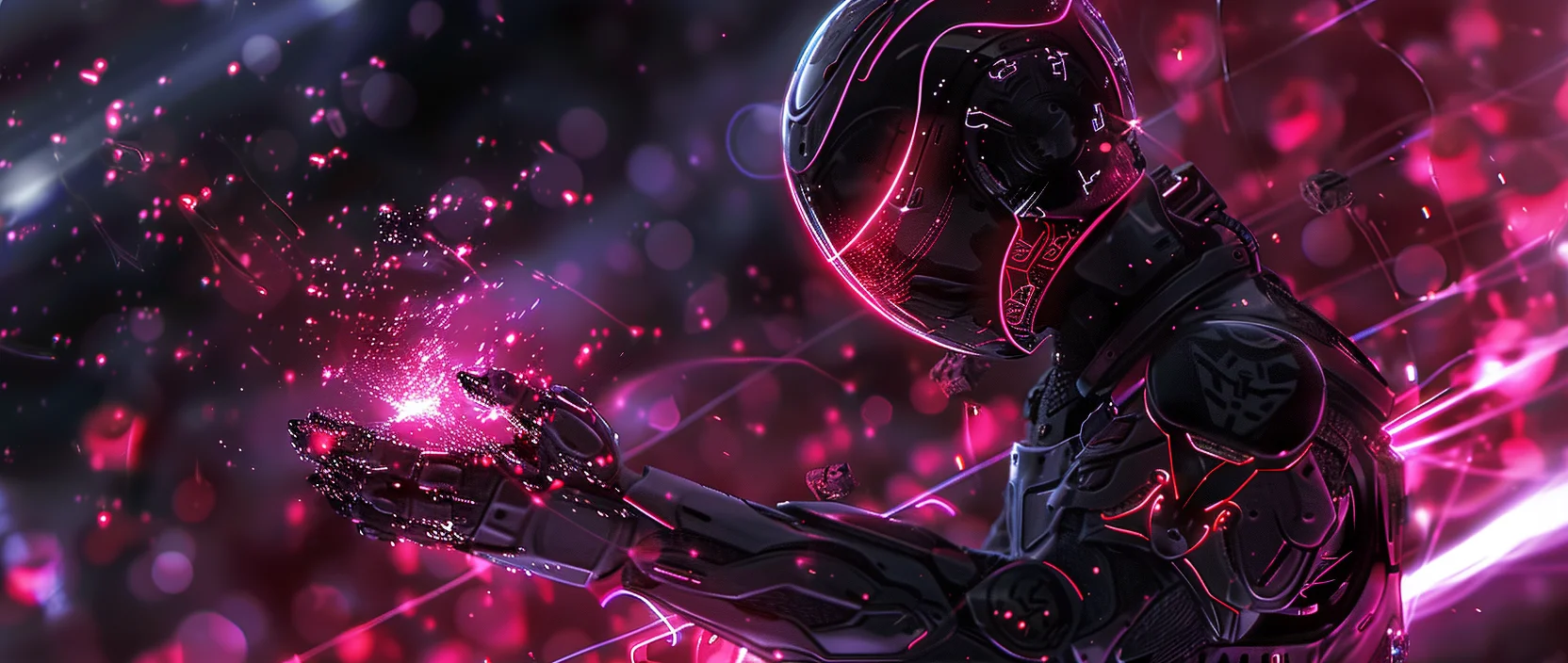Harmonic is a platform for developing and scaling Web3 games, focused on building sustainable in-game economies, digital ownership, and interoperable gaming ecosystems. Unlike early blockchain projects centered on short-term earning mechanics, Harmonic promotes the Play-and-Own concept: players truly own their assets, while value emerges through interaction, progression, and participation within the game world. Thanks to its modular architecture and developer tooling, Harmonic enables the integration of blockchain features into games without disrupting core gameplay or commercial design.
Contents
- Play-and-Own Ideology and Core Principles of Harmonic
- Technological Architecture and Scalability Principles
- Developer Tools and Building Sustainable Game Economies
- Economic Model and Digital Assets in Harmonic
- Community, Partnerships, and Ecosystem Growth
- Conclusion

1. Play-and-Own Ideology and Core Principles of Harmonic
The core idea behind Harmonic is that game assets should gain value not from speculative earning expectations, but through gameplay progression and social engagement. The Play-and-Own model emphasizes that holding NFTs or tokens becomes part of the experience: items represent achievements, personal journey, and one's identity within the ecosystem. This approach contrasts with typical play-to-earn systems, where assets are primarily treated as profit tools.
Harmonic aims to create an environment where digital assets do not lose value over time, but instead gain meaning through interaction. In this model, items and resources become “alive,” with their value changing based on player behavior and the overall evolution of the game world. This builds a stronger emotional connection between the player and their digital possessions.
Such a system helps avoid hyperinflation, speculation, and extraction-driven strategies that often destabilize blockchain game economies. Harmonic supports a long-term game environment in which value is formed through participation rather than pure financial input.
2. Technological Architecture and Scalability Principles
Harmonic’s technological foundation is built on modular, cross-chain infrastructure. Developers can select the blockchain that best suits their needs—whether optimizing for transaction speed, fees, or audience reach. The platform supports EVM-compatible networks, simplifying migration and interoperability of game assets.
Performance optimization is a key priority. Harmonic employs hybrid data storage: non-critical gameplay data is handled off-chain, while ownership and transactional elements are recorded on-chain. This reduces latency and enables smooth gameplay even under heavy network activity. Additionally, the platform is designed for resilience, ensuring stable operation regardless of network conditions.
With accessible APIs, SDKs, and developer documentation, Harmonic suits both experienced Web3 studios and Web2 developers transitioning into blockchain gaming. Integration does not require rewriting core game logic.
3. Developer Tools and Building Sustainable Game Economies
Harmonic provides a toolset for designing sustainable gaming economies that avoid the pitfalls of early GameFi systems. Developers can introduce NFTs, tokenized resources, peer-to-peer trading, crafting, seasonal progression, and rarity systems without compromising balance.
Key Harmonic Tools:
- Blockchain SDK — add tokens, NFTs, and trading without altering core game architecture;
- Play-and-Own System — ensuring assets gain value through play, not speculation;
- Marketplace and Off-Chain Inventory — secure asset exchange and storage for players;
- Analytics Dashboards — real-time monitoring of economic health and player behavior.
This structure enables the creation of not just a game with NFTs, but a living world where the economy is shaped by the community. Harmonic supports studios strategically—from economy planning to asset rarity systems and progression logic.

4. Economic Model and Digital Assets in Harmonic
The Harmonic economy revolves around tokenized items, in-game resources, and exchange systems. Asset value emerges from utility and player participation. Unlike speculative markets where price is driven externally, here value forms organically through gameplay progression and social dynamics. This makes the economy self-sustaining and less vulnerable to crypto market volatility.
| Asset | Role | Function in the Game |
|---|---|---|
| NFT Items | Digital Ownership | Represent player progress, style, and identity |
| Tokenized Resources | Economic Base Layer | Used in crafting, trading, and progression |
| Cross-Game Assets | Interoperability | Extend the ecosystem and strengthen social ties |
Asset issuance is not fixed; it adapts based on player behavior and long-term development decisions. This prevents inflation and supports sustainable economic growth. Cross-project asset usability encourages ongoing engagement and reinforces ownership value over time.
5. Community, Partnerships, and Ecosystem Growth
The community plays a central role in Harmonic’s strategy. Players contribute to decision-making, test new features, and shape narrative and gameplay evolution. DAO-based elements support collective governance and shared ecosystem direction.
Partnerships with game studios, blockchain networks, and NFT platforms expand Harmonic’s network and increase the utility of digital assets. A growing ecosystem strengthens player identity and long-term participation.
In the long term, Harmonic aims to become the foundation of a connected gaming metastructure where progression and identity move across worlds, forming a persistent digital profile.
6. Conclusion
Harmonic is more than a blockchain integration tool — it is a platform redefining how ownership functions in games. The Play-and-Own model builds emotional value and long-term retention, while the modular architecture and economic sustainability offer studios a strong foundation for next-generation Web3 games. If the ecosystem continues to expand, Harmonic may become a core standard for digital ownership and cross-game interoperability.
Moreover, Harmonic encourages a mature economic environment where value grows from meaningful interaction rather than speculation. This reduces volatility and supports healthier long-term development. As Web3 gaming increases in adoption, the need for platforms like Harmonic will continue to rise — positioning it as a key catalyst in the evolution of virtual worlds and digital economies.




